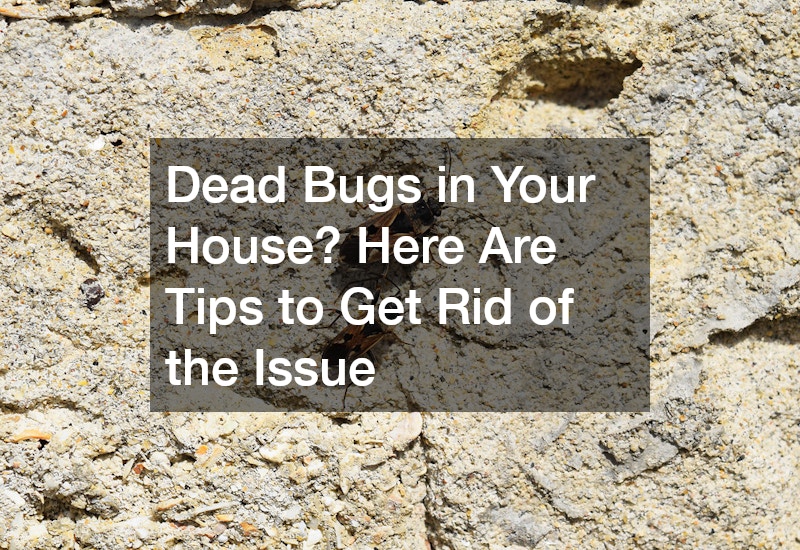Finding dead bugs in house spaces can be both unsettling and concerning for homeowners. These insects are not only unsightly but may indicate underlying issues, such as pest infestations, structural weaknesses, or gaps in your home’s exterior. While seeing a few dead bugs occasionally is relatively common, a persistent presence can point to larger problems that require attention. Taking proactive steps is essential to maintain a clean, healthy, and pest-free home environment.
Dead bugs in house areas, such as kitchens, bathrooms, and attics, can affect indoor air quality and create hygiene issues if not addressed promptly. Additionally, they may attract secondary pests, such as spiders or ants, which feed on them, further complicating the problem. Homeowners who ignore these signs risk allowing small infestations to grow into more severe issues that compromise comfort, safety, and the overall appeal of their property.
Addressing dead bugs effectively requires a combination of preventative measures, professional interventions, and regular home maintenance. From structural upgrades like window replacement and door installations to regular treatments from a pest control company or extermination company, a multi-pronged approach ensures the problem is managed thoroughly. Preventing dead bugs in house spaces often begins with reducing opportunities for insects to enter, which includes inspecting roofing, sealing gaps with paint, and working with siding companies to maintain exterior walls.
Indoor environments can also benefit from proactive solutions, such as floor services that clean and seal surfaces where insects may gather or perish, and shutters that block entry through windows. By combining these preventative strategies with targeted treatments, homeowners can create a home that discourages pest activity and eliminates dead bugs efficiently. The following sections explore ten practical tips, each highlighting a professional service or home improvement step, to help homeowners address the presence of dead bugs while safeguarding their living spaces. These strategies not only remove existing pests but also significantly reduce the likelihood of future occurrences, improving hygiene, comfort, and long-term property value.
Protect Your Home with Professional Termite Treatments
Termite treatments are a crucial step in maintaining a pest-free home. Termites can silently damage wooden structures, and their presence often attracts other insects, leading to dead bugs in house areas. Investing in professional termite treatments ensures that infestations are addressed proactively, safeguarding both the structural integrity of your home and your indoor environment.
Professional termite treatments typically involve a thorough inspection and the use of targeted chemical or baiting systems. These services prevent colonies from establishing and spreading, reducing the likelihood of dead bugs appearing in attics, basements, or behind walls. The benefits extend beyond protection; homeowners gain peace of mind knowing their property is monitored and treated regularly.
Furthermore, ongoing termite management integrates well with other preventative measures. By combining treatments with home maintenance, such as sealing cracks and addressing moisture issues, you can create an environment that is less hospitable to pests. This holistic approach minimises the appearance of dead bugs in house spaces while protecting your investment in the long term.
Keep Pests Away Through Regular Pest Control
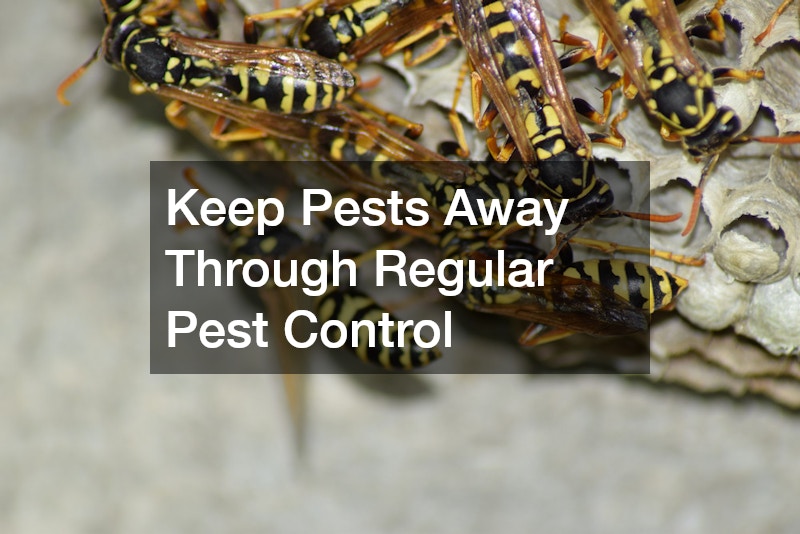
Regular pest control is essential for maintaining a clean and comfortable home. Pest control services target common household insects like ants, cockroaches, and spiders, which, when eliminated, often result in dead bugs in house areas. Scheduling consistent treatments helps prevent infestations before they become serious.
Pest control professionals use safe and effective methods to treat homes, including interior and exterior sprays, traps, and preventative techniques. These measures not only remove active pests but also create conditions that discourage future insect activity. By addressing problem areas such as kitchens, bathrooms, and entry points, homeowners significantly reduce the accumulation of dead bugs in doors.
In addition to routine services, integrated pest management encourages homeowners to combine treatments with simple daily practices, like keeping surfaces clean, storing food securely, and maintaining proper ventilation. This combination ensures that pest populations remain under control, contributing to healthier living spaces and fewer dead bugs in house environments.
Hire an Extermination Company for Effective Solutions
An extermination company provides specialised solutions for severe pest problems. When infestations become extensive, DIY methods often fail, resulting in persistent dead bugs in house areas. Professional exterminators have the training, tools, and chemicals to tackle these situations efficiently.
Extermination companies conduct comprehensive inspections, identify the species causing the problem, and develop targeted strategies. They may use sprays, baits, or heat treatments depending on the pest type. By removing both live and dead insects, homeowners achieve immediate relief while reducing the risk of future infestations.
These services often include follow-up visits and ongoing monitoring to ensure pests do not return. With professional guidance, homeowners can implement preventative practices that complement extermination, creating a cleaner and safer home environment free from recurring dead bugs in house spaces.
Seal Cracks and Gaps with Fresh Paint
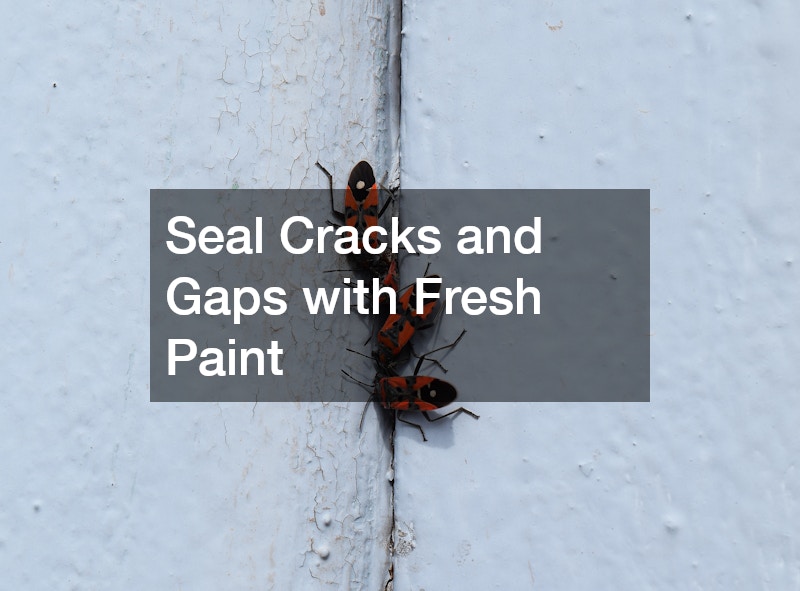
Using paint to seal cracks and gaps in walls, baseboards, and trim is a practical preventative step. Unsealed openings allow insects to enter and die inside your home, resulting in dead bugs in house areas. A fresh coat of paint acts as both a barrier and a protective layer for your surfaces.
Targeting entry points, such as around windows, doors, and corners, is especially effective. The paint not only improves appearance but also strengthens surfaces against minor damage and insect infiltration. Homeowners who seal gaps in combination with cleaning and inspections significantly reduce indoor pest problems.
Moreover, painting is a cost-effective solution that enhances both aesthetics and functionality. Maintaining walls and trim helps prevent dead bugs from accumulating behind panels or within structural gaps, making it an easy and sustainable approach to pest management.
Maintain Hygiene with Floor Services
Floors can harbour dirt, moisture, and debris, creating ideal conditions for insects to die and accumulate. Floor services, including professional cleaning, polishing, and sealing, play an important role in keeping homes free from dead bugs in house spaces. Regular maintenance ensures surfaces remain hygienic and visually appealing.
Hardwood, tile, and carpeted floors all benefit from tailored cleaning services. Sealing hardwood or tile grout prevents insects from burrowing or nesting, while thorough vacuuming of carpets removes eggs, larvae, and deceased pests. These practices reduce pest-related issues and improve overall indoor air quality.
Beyond cleanliness, floor services can identify early signs of insect activity. Maintenance professionals often spot small infestations or damage before it escalates, allowing homeowners to take proactive steps. This attention to detail minimizes dead bugs in house areas and supports a healthier, more comfortable living environment.
Protect Exterior Surfaces Through a Siding Company
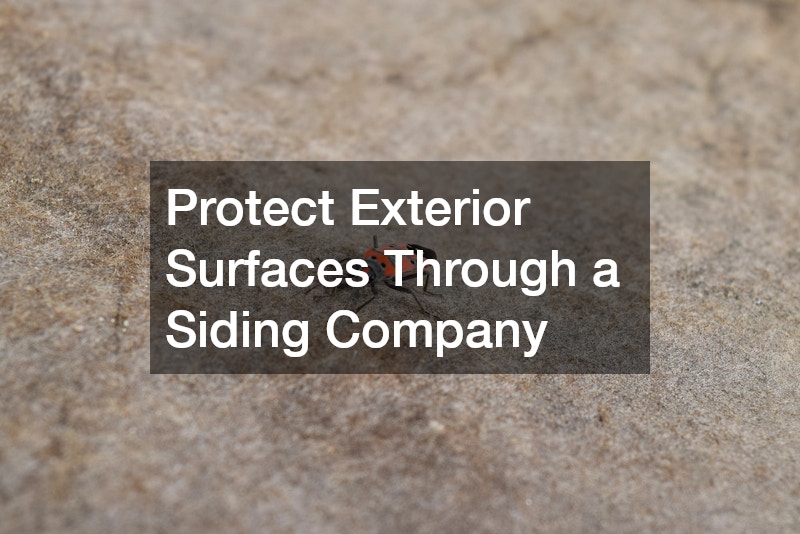
A well-maintained exterior reduces opportunities for insects to enter your home. Working with a siding company ensures walls are repaired, sealed, and inspected regularly, lowering the risk of dead bugs in house interiors. Properly installed siding acts as a durable barrier against moisture and pests.
Siding companies assess the condition of panels, replace damaged sections, and reinforce vulnerable areas. Modern materials, such as fibre cement or vinyl, offer resistance to insect entry and water damage, providing long-term protection. Homeowners benefit from both aesthetic upgrades and reduced pest problems.
Integrating siding maintenance with other preventative strategies, such as pest control and painting, creates a comprehensive approach to pest management. By safeguarding the exterior, homeowners can minimise the accumulation of dead bugs indoors and maintain a clean, inviting home.
Check Your Roofing for Bug Entry Points
Roofing is a common entry point for insects, especially when shingles, tiles, or flashings are damaged. Poorly maintained roofing can lead to dead bugs in house attics or ceilings. Regular inspections by roofing professionals help detect and repair these vulnerabilities.
Repairing leaks, replacing broken tiles, and sealing gaps around vents or chimneys prevents insects from accessing interior spaces. Maintaining the roof also protects insulation and prevents water damage, which can attract pests. Homeowners benefit from fewer dead bugs and a more structurally sound home.
Proactive roof maintenance works in tandem with pest control measures. By addressing structural weaknesses and regularly cleaning gutters and vents, homeowners create a home environment that is less attractive to pests, reducing the likelihood of dead bugs in house areas.
Secure Access with Properly Fitted Doors
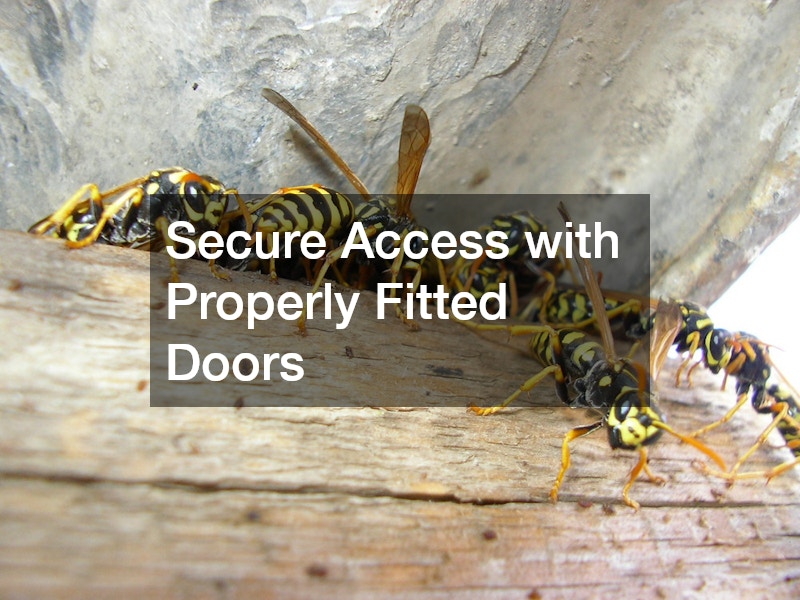
Doors are another critical entry point for insects. Installing or repairing doors ensures tight seals and prevents pests from entering and dying inside the home. Properly fitted doors also enhance security, energy efficiency, and indoor comfort.
Homeowners should inspect door frames, thresholds, and weather stripping for gaps or wear. Sealing these areas prevents insects from slipping through small openings and accumulating as dead bugs indoors. Both exterior and interior doors can benefit from professional adjustment or replacement.
In addition to sealing, doors with modern materials and finishes resist damage and decay, which further discourages pests. Combined with regular cleaning and pest control measures, secure doors significantly reduce dead bugs in house interiors while improving overall home maintenance.
Use Shutters to Limit Pest Access
Shutters on windows serve a dual purpose: they protect against weather and reduce insect entry. Properly installed shutters block gaps that insects may exploit, decreasing dead bugs in house spaces. Adjustable shutters offer flexibility for ventilation while maintaining protection.
Shutters should be maintained to ensure hinges, latches, and seals are functional. Well-fitted shutters prevent small pests from slipping inside, particularly in areas prone to insect activity. This approach complements window screens and other preventative measures.
Beyond pest management, shutters enhance home aesthetics and security. Regular maintenance keeps them operational, reducing the risk of insects entering the home and leaving behind dead bugs, contributing to a cleaner living environment.
Upgrade with Window Replacement to Reduce Pests
Old or damaged windows are a common access point for insects. Replacing windows prevents entry and reduces dead bugs in house areas, while also improving energy efficiency, insulation, and home security. Modern window designs incorporate tight seals and durable materials to keep pests out.
Window replacement should focus on both functionality and durability. Double-glazed or laminated windows prevent drafts, reduce noise, and block insects more effectively than older models. Proper installation ensures that gaps and cracks are eliminated, limiting potential pest access points.
Additionally, new windows improve indoor comfort, reduce maintenance needs, and complement other home improvement strategies such as pest control and door sealing. Together, these upgrades minimise dead bugs in house spaces and contribute to a cleaner, healthier home environment.
Dead bugs in house spaces are not merely a nuisance—they often signal underlying issues that require attention. By implementing the strategies outlined above, homeowners can proactively manage pest activity, maintain structural integrity, and create a healthier indoor environment. Each tip addresses a different aspect of home care, from professional termite treatments and pest control to structural upgrades like window replacement, doors, shutters, roofing, and siding. These measures collectively reduce the presence of dead bugs in house areas while improving overall home maintenance and comfort.
Professional interventions such as hiring an extermination company, pest control specialists, or a siding company provide targeted solutions for both active pests and the residual dead bugs that accumulate indoors. Preventative actions, including painting cracks, maintaining floors, and ensuring doors and windows are properly fitted, block entry points and minimise insect deaths within the home. Additionally, consistent roof inspections and gutter maintenance further decrease access for pests and prevent the structural damage that can attract insects.
The cumulative effect of these efforts is a home that is not only aesthetically pleasing but also hygienic, safe, and resilient against future infestations. Clean, well-maintained surfaces reduce the risk of disease, eliminate odours, and create a comfortable environment for residents. Homeowners who invest in these services and maintenance practices also benefit financially, avoiding costly repairs associated with untreated infestations and structural issues.
Ultimately, managing dead bugs in house spaces requires a multi-faceted approach that blends professional services with practical, preventative home maintenance strategies. Consistency is key: regularly scheduled inspections, cleaning routines, and timely repairs all contribute to a home that discourages pests while enhancing overall livability. By staying vigilant and combining both proactive and reactive measures, homeowners can significantly reduce dead bugs in house areas, preserve the longevity of their property, and enjoy a healthier, more comfortable living environment. A well-protected home not only supports peace of mind but also adds long-term value, making these efforts an investment in both lifestyle and property security.
